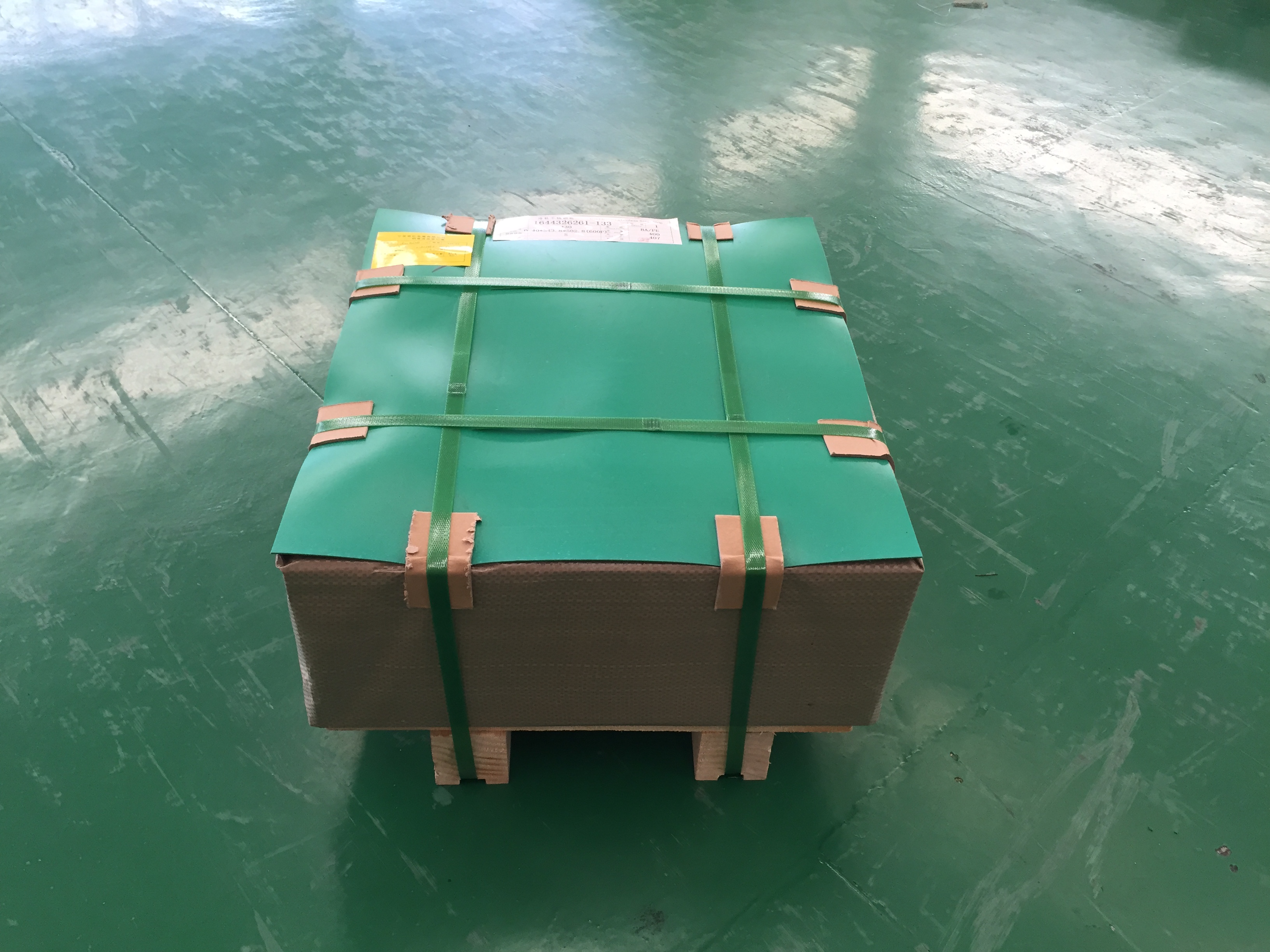

Determinants of the heat transfer coefficient of stainless steel plates The total heat transfer coefficient of metals depends on other factors in addition to the thermal conductivity of the metal. In most cases, the heat dissipation coefficient of the film, the scale and the surface condition of the metal. Stainless steel keeps the surface clean, so it transfers heat better than other metals with higher thermal conductivity. Technical Standards for Stainless Steel Plate High-strength stainless steel plate with excellent corrosion resistance, bending processability, toughness of welded part, and stamping processability of welded part and its manufacturing method. Specifically, C: 0.02% or less, N: 0.02% or less, Cr: 11% or more and less than 17%, appropriate content of Si, Mn, P, S, Al, Ni, and satisfy 12≤Cr Mo 1.5Si≤ 17. The stainless steel plate with 1≤Ni 30(C N) 0.5(Mn Cu)≤4, Cr 0.5(Ni Cu) 3.3Mo≥16.0, 0.006≤C N≤0.030 is heated to 850~1250°C, and then carried out at 1°C/s Heat treatment for cooling above the cooling rate. In this way, it can become a high-strength stainless steel plate with a structure containing more than 12% martensite by volume, high strength above 730MPa, corrosion resistance and bending performance, and excellent toughness in the welding heat-affected zone. Reusing Mo, B, etc. can significantly improve the stamping performance of the welded part. Oxygen plus gas flame cannot cut stainless steel plate because stainless steel is not easy to be oxidized.
